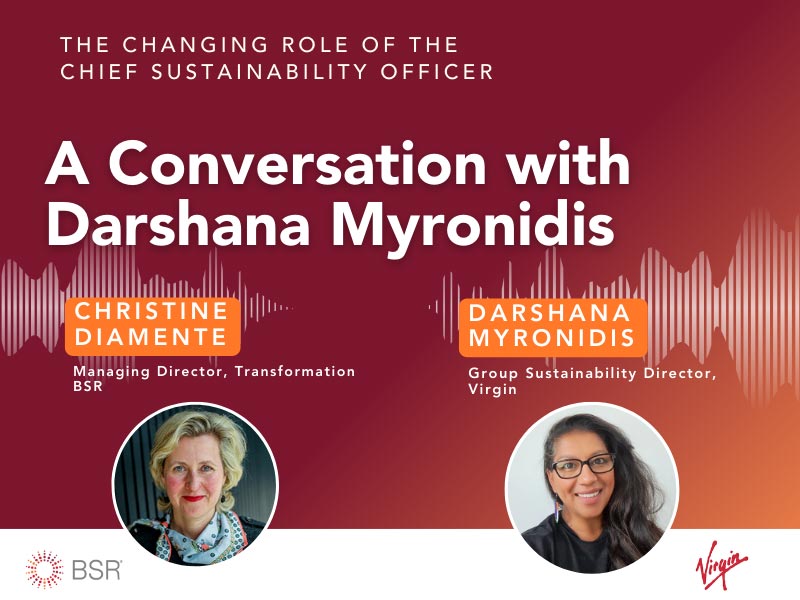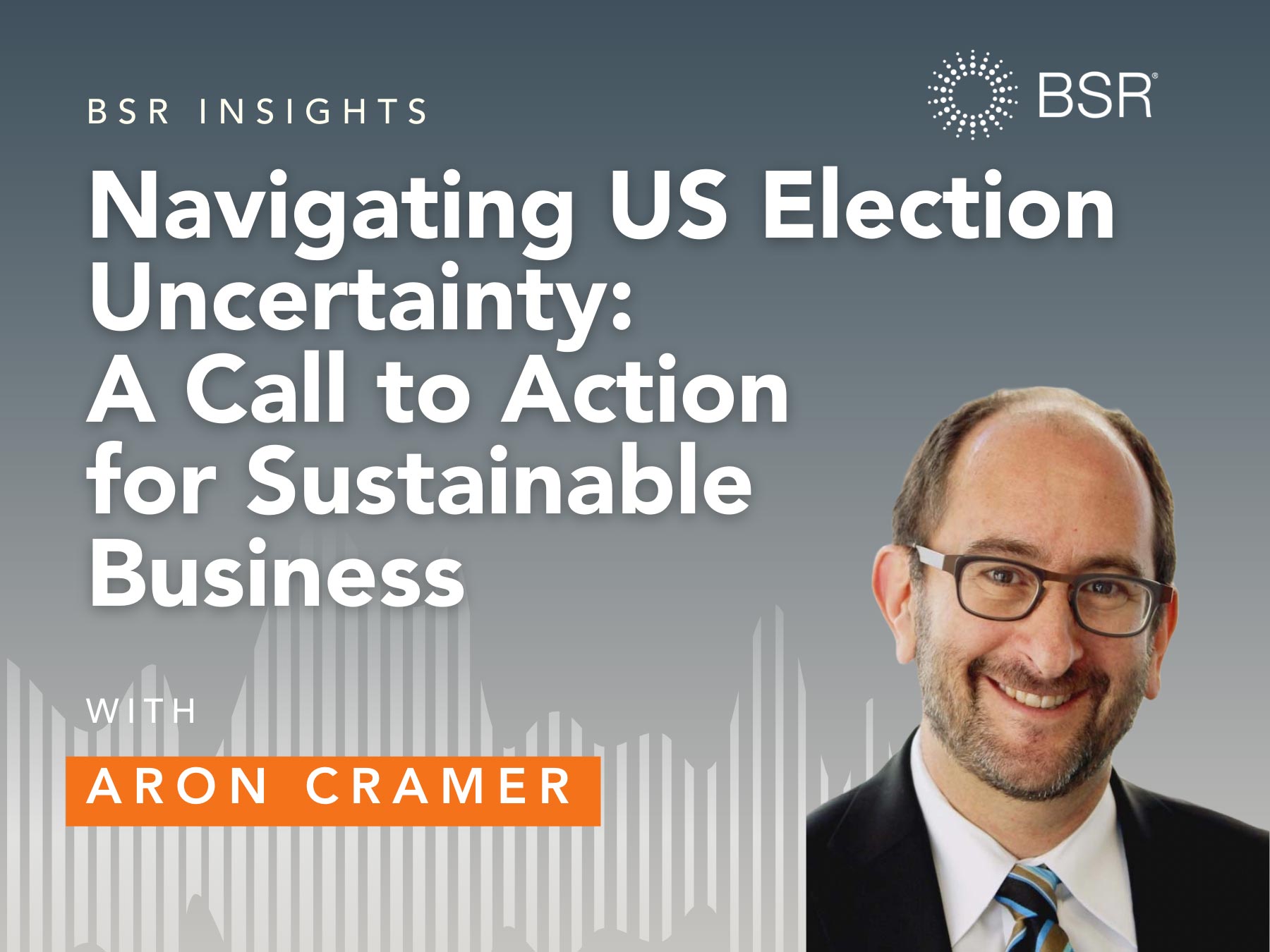
Authors
-
Charlotte Bancilhon
Former Director, Sustainability Management, BSR
A few months ago, my colleague Laura Gitman wrote a blog post about the rise of short-termism in financial markets, describing how hedge fund activists are increasingly successful at influencing boards to maximize stock price before they sell off their shares. Indeed, there has long been a perception that investors care about short-term financial returns over long-term, sustainable growth.
However, some institutional investors are increasingly vocal about taking a long-term value approach to their decisions, and these investors care about environmental, social, and governance (ESG) issues. There is an opportunity for companies to rebalance their engagement to focus on these long-term investors: Companies likely have more ability to shape the agenda than they believe, and communicating their sustainability stories can be a central part of their approach.
The reality is that investors are a diverse set of stakeholders with various objectives and time horizons. As one BSR member company representative commented in a recent interview, “True investors are interested in long-term value. Traders are interested in the short-term share value. Raiders are interested in break-up value. We are the target of activists from all sides, and there is an inherent tension in managing those constituencies.”
In navigating the complexities of conflicting investor beliefs and objectives, companies should keep in mind that long-term investors are actually the majority. Calvert estimates that institutional investors hold an average of 84 percent of the shares of the 500 largest companies in the world. These include pension funds, insurance funds, mutual funds, and sovereign wealth funds, all of which invest on behalf of long-term savers and tax payers.
Long-term investors understand the link between sustainability and long-term value creation. In his letter to CEOs, Blackrock CEO Larry Fink writes that, “over the long-term, ESG issues—ranging from climate change to diversity to board effectiveness—have real and quantifiable financial impacts.”
He isn’t alone in this perception. The U.K. pension fund Universities Superannuation Scheme states in its Statement of Investment Principles that it expects ESG investing "to both protect and enhance the value of the fund in the long-term ... The trustee therefore requires its investment managers to integrate all material financial factors, including corporate governance, environmental, social, and ethical considerations, into the decision-making process for all fund investments.”
This interest from investors in companies that embrace long-term perspectives is not surprising—a 2017 McKinsey report shows that companies with a long-term view outperform their peers.
Unilever, which made headlines for scrapping quarterly earnings guidance, conducted a survey last March to better understand its investors’ perspectives on investment horizons, quarterly reporting, and sustainability. Of those that responded, 70 percent indicated that they typically held equities for more than three years, and 80 percent agreed that the Unilever Sustainable Living Plan, the company’s sustainable business strategy, is a fundamental driver of long-term value creation.
Companies that are interested in attracting long-term investors can start by better articulating a compelling story on how their businesses are designed to create long-term value. A study of company reporting in the U.S., U.K., Eurozone, Singapore, and Chile found that few companies report on this in a relevant way.
What do effective communications about a long-term value proposition look like? Novozymes, a global leader in biological solutions, provides one example. The company has published a set of long-term financial and sustainability targets, which includes its goal of an earnings before tax and interest (EBIT) margin at 26 percent or above presented alongside its intent to reach six billion people with its biological solutions and deliver 10 transformative innovations. Johnson & Johnson’s CEO letter to shareholders addressing how the company invests for long-term growth also demonstrates what this can look like.
Tools are emerging that help companies assess and communicate the financial impact of their sustainability strategies to investors. For example, using linear regression analysis, SAP quantifies for its stakeholders that a one percentage point change in employee engagement could lead to a €45 million to €55 million change in operating profit.
Companies can proactively engage and attract long-term investors who value ESG commitments. The sustainability team can play an important role in these efforts by collaborating with the investor relations team to shape their company’s long-term value creation story and deliver these messages through regular investor communications.
Topics
Let’s talk about how BSR can help you to transform your business and achieve your sustainability goals.







